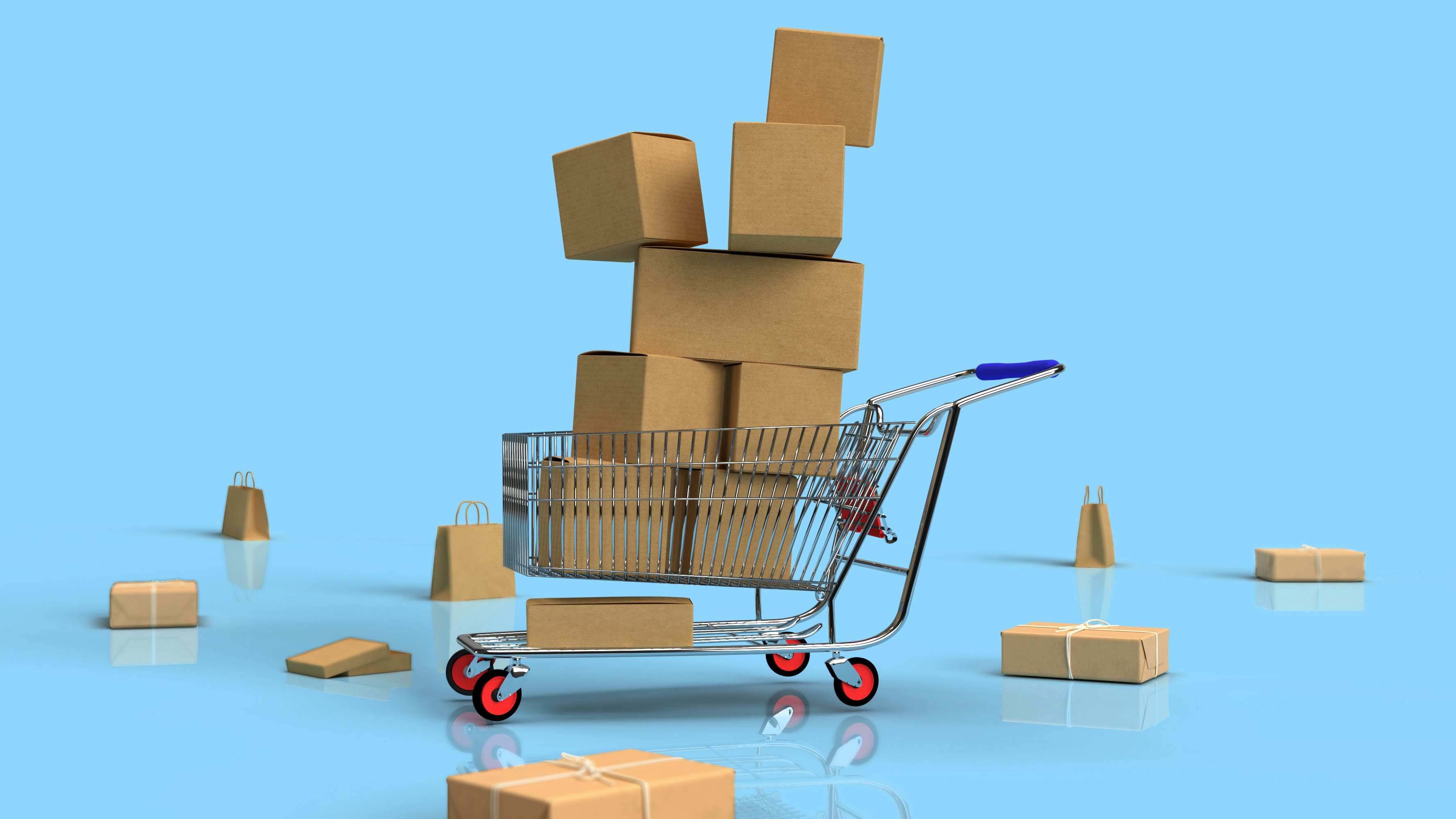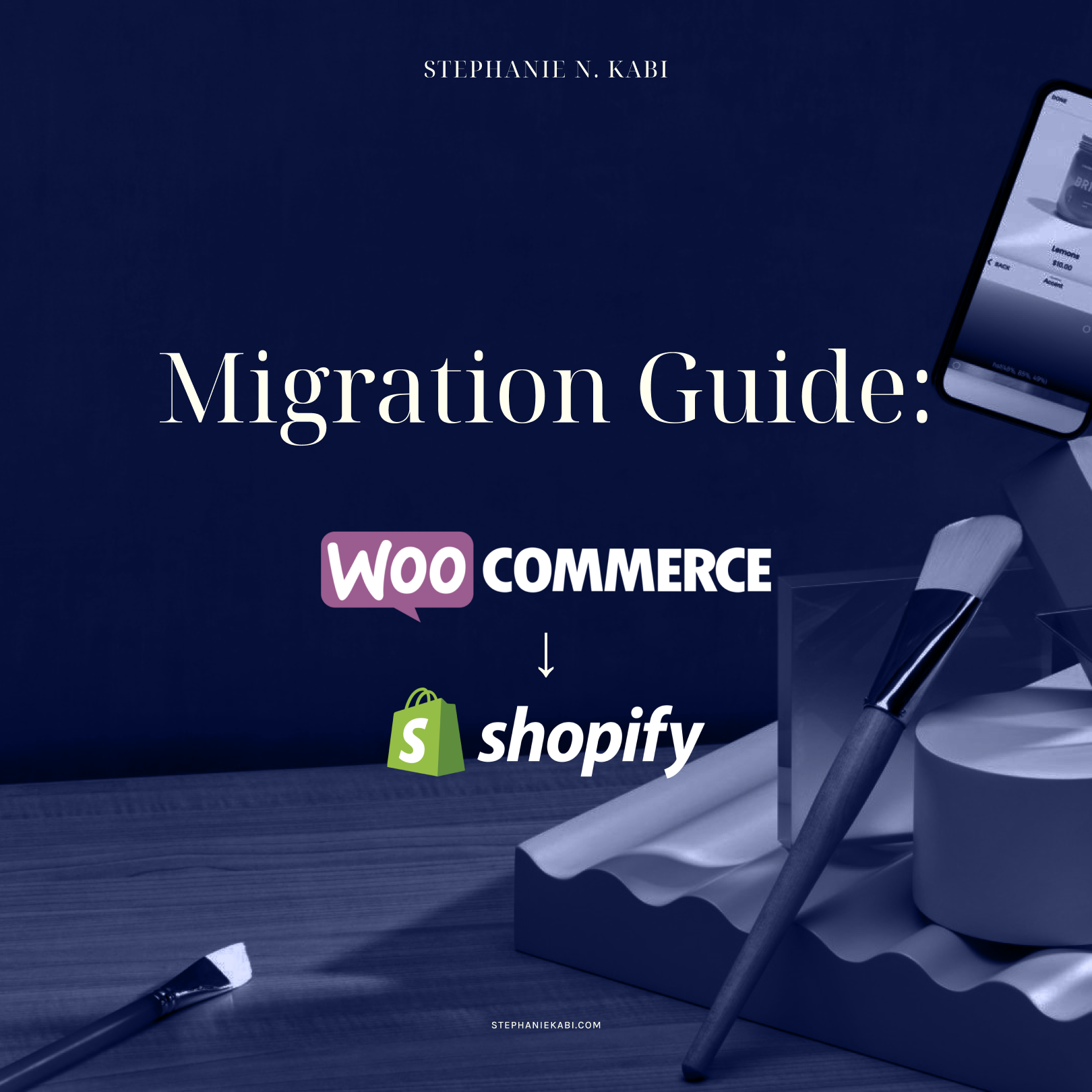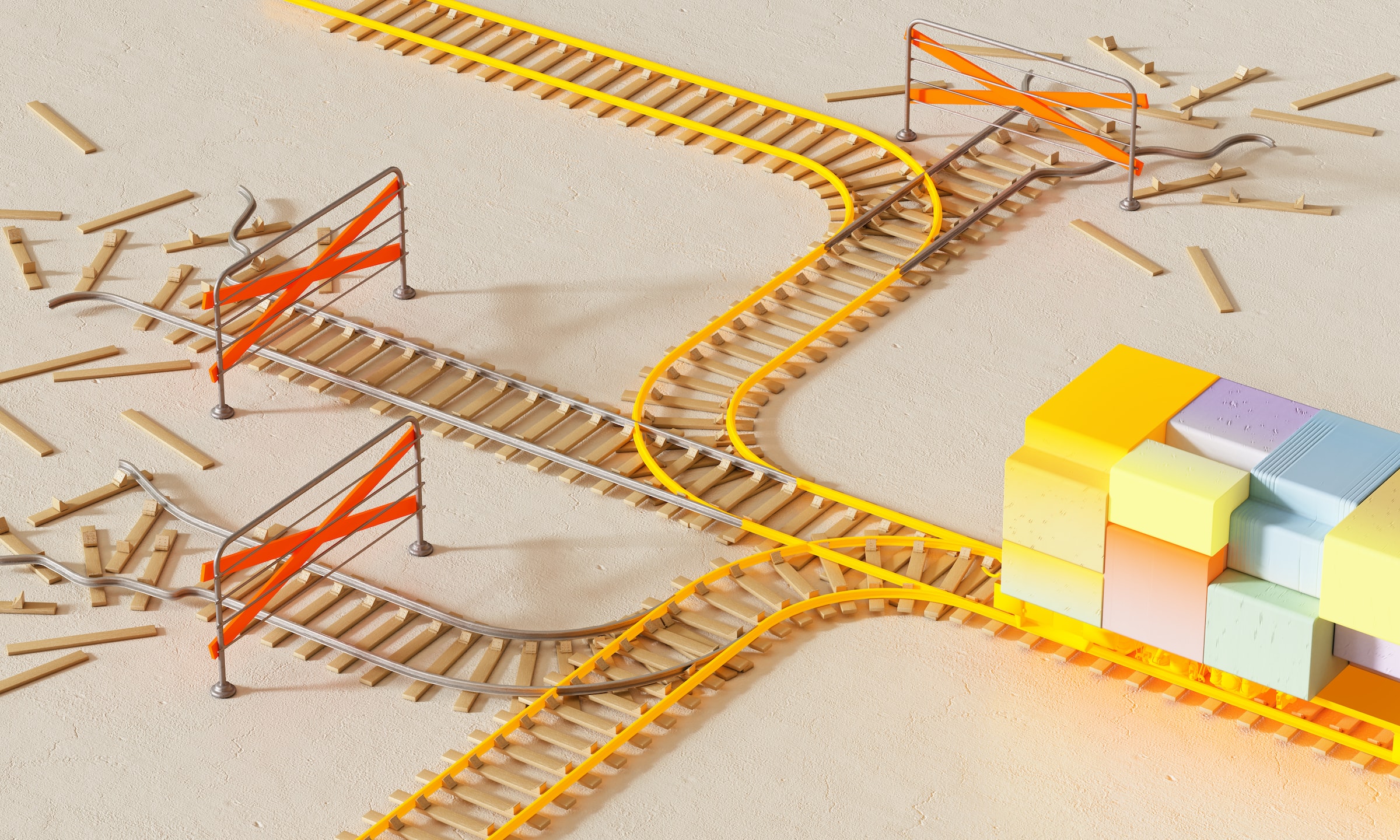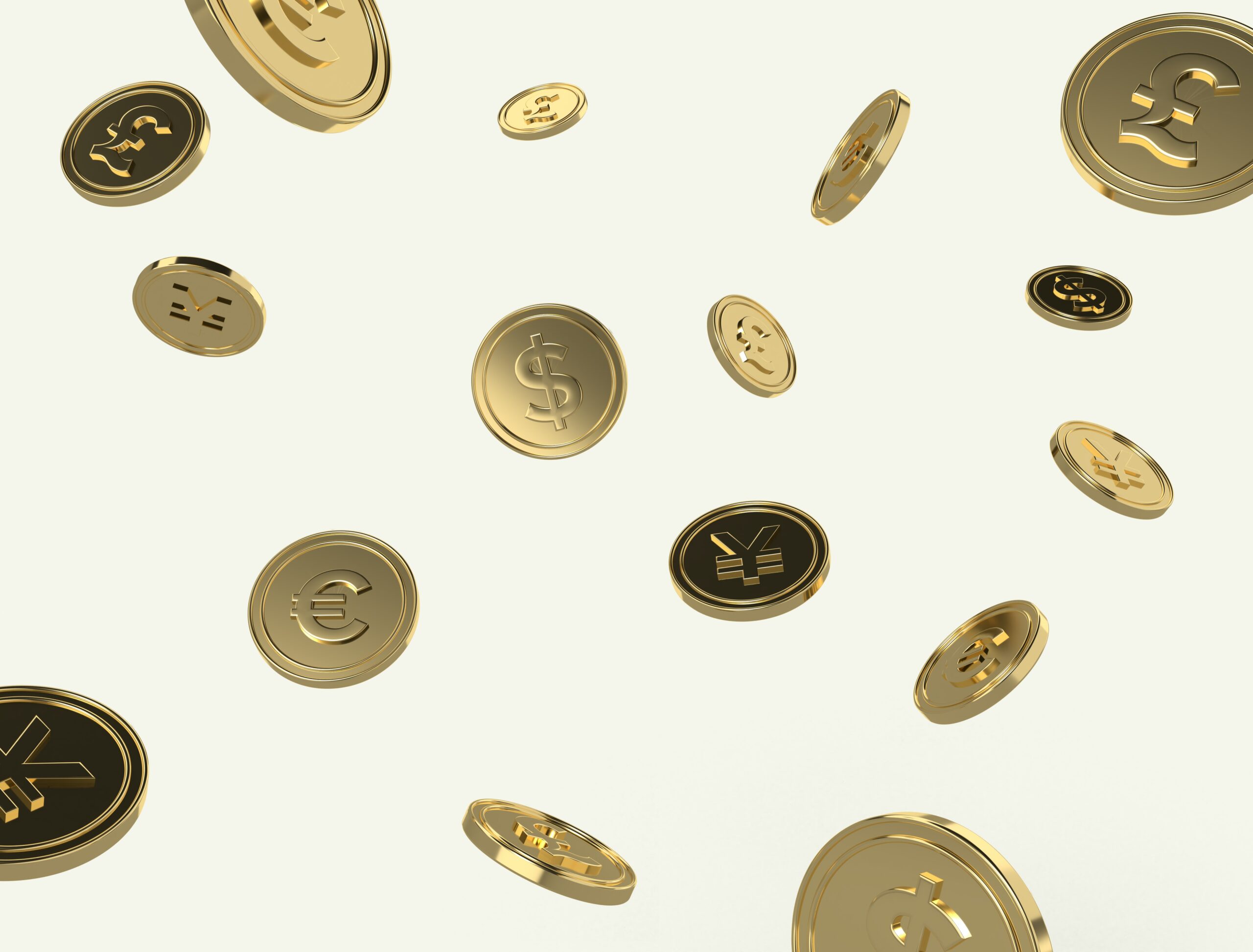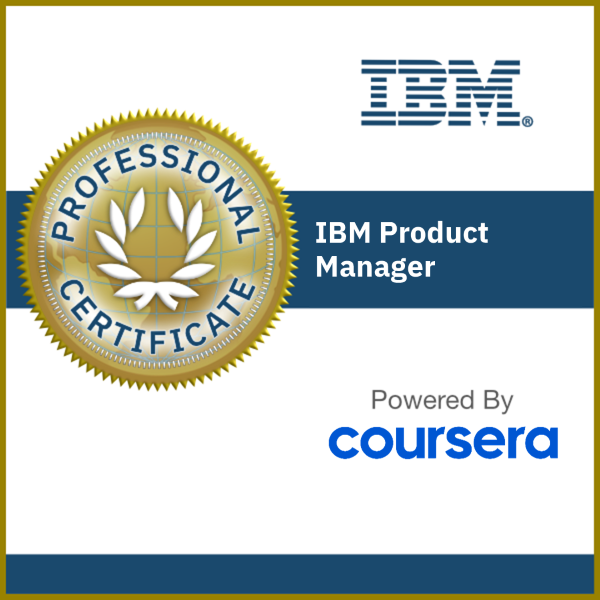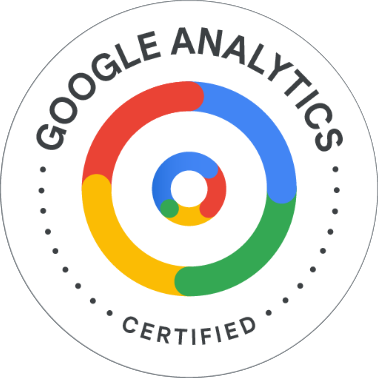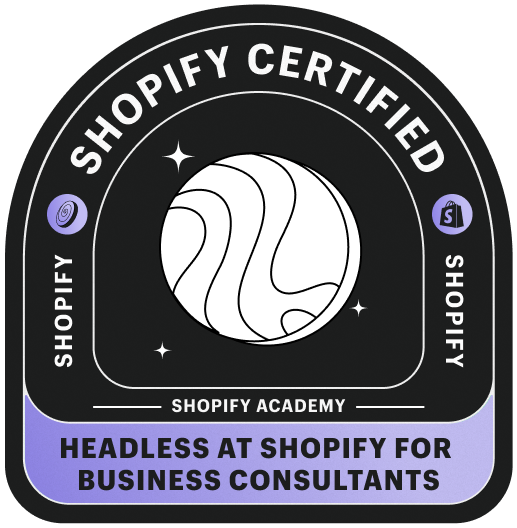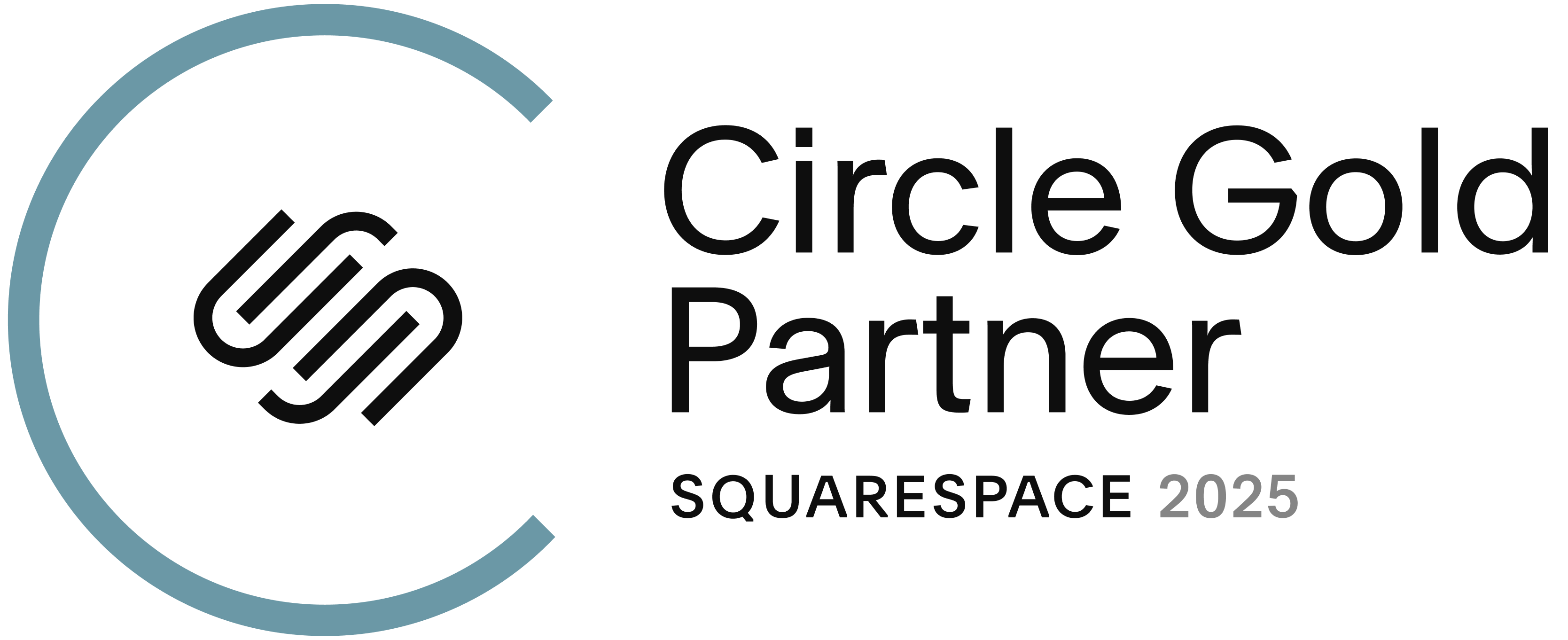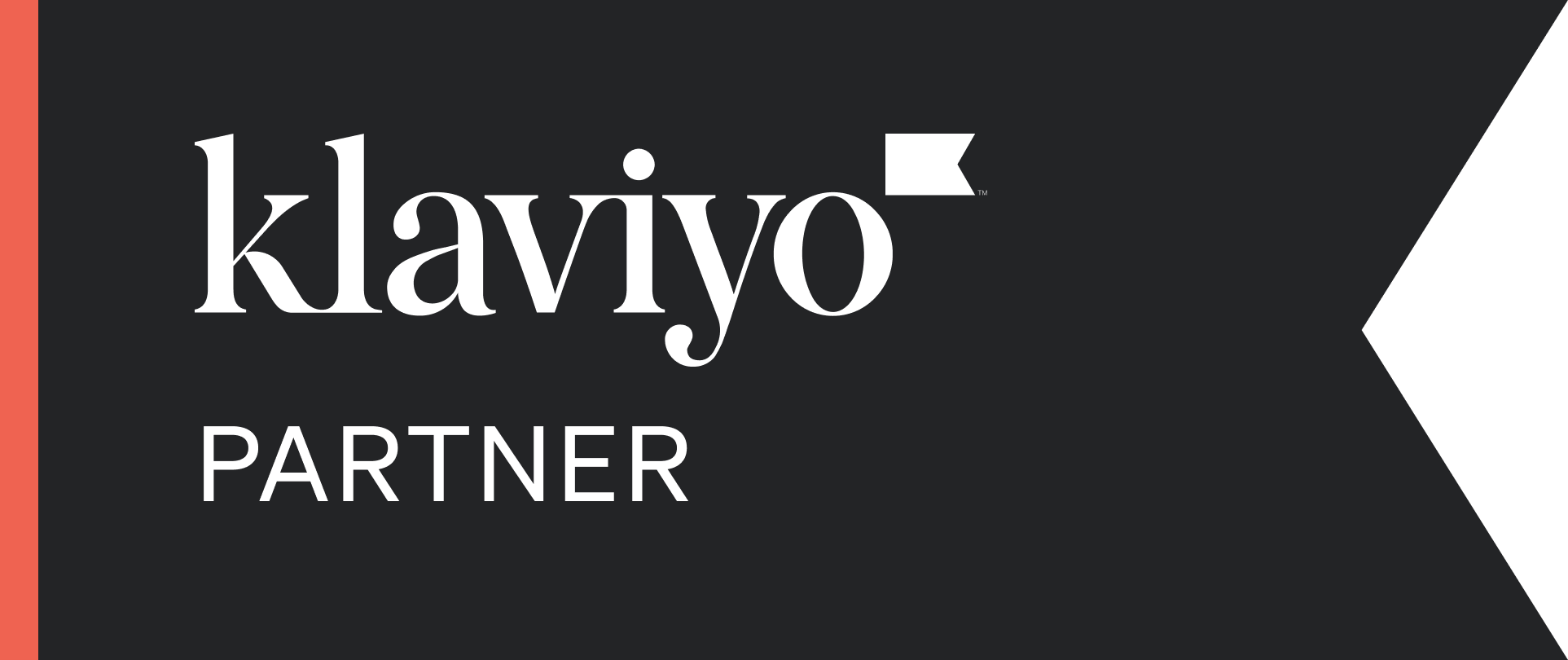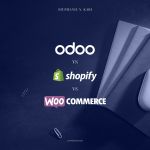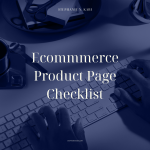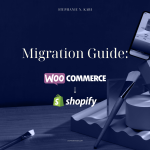The funnel is dead. Consumers don’t move from awareness to interest to decision like some B-school textbook. Discovery is messy, social, emotional, and nonlinear. And the data proves it. People are finding brands on YouTube, TikTok, WhatsApp forwards, peer DMs, random Discord channels.
So why are we still designing discovery as if Google search and homepage sliders are the only entry points?
1. Start designing for lurkers, not just clickers
Most users will browse ten times before they convert once. That means:
- Build memory into your interface (recently viewed, resume exploration)
- Let people hover, save, wishlist, compare — without account walls
- Don’t push urgency when someone is still in exploration mode
2. Assume the first impression happens off-platform
People don’t discover you on your site. They land there after a DM or a tag. So:
- Create landing experiences that make sense without full context
- Add deep-linking elements (e.g. prefilled search, dynamic categories)
- Prioritize snackable, scannable content modules that allow fast digestion
3. Rebuild your nav like a curiosity engine
Your nav shouldn’t be a sitemap. It should guide curiosity. Consider:
- Using intent-based categories (e.g., “Looking for a gift?” vs “Shop”)
- Adding discovery modules to the homepage that update regularly
- Letting filters speak like humans: “Show me bold stuff” instead of “Color: Red”
4. Think outside of time
Some people are buying for now. Others are building a mental wishlist. So:
- Add save-for-later without account creation
- Let people set reminders or price drop alerts
- Create seasonal themes or inspiration guides that evolve monthly
The old discovery journey was brand-led. The new one is user-driven, peer-influenced, and happens before you ever show up. Design like you’re joining the story late — because you are.
Read more:
